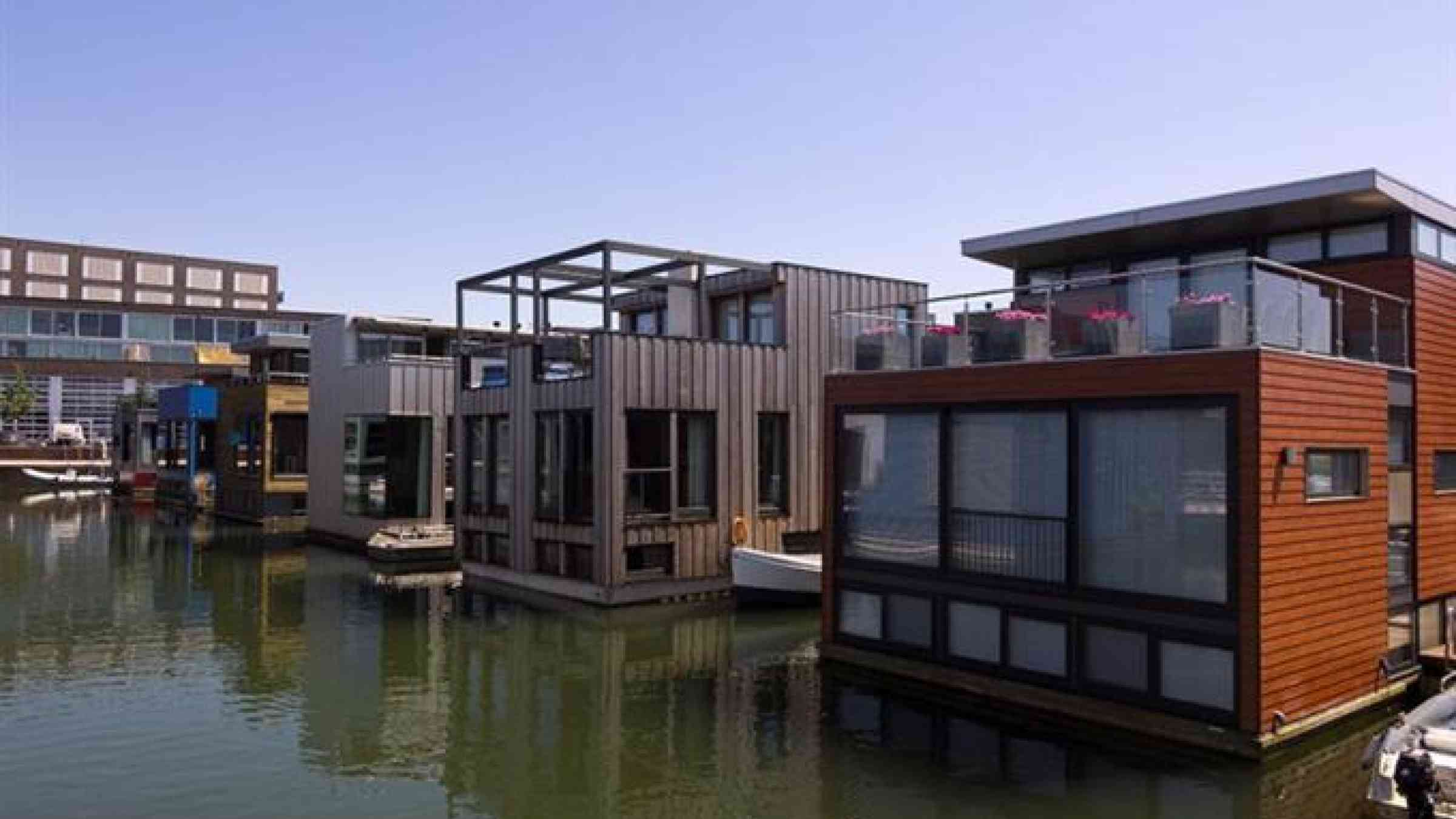
With rising sea levels accompanying climate change, and a shortage of developable land in rapidly urbanising regions, are floating cities a feasible solution?
Several Floodlist articles highlight populated areas in the world that are repeatedly flooded, some with increasing frequency. These are often located in river deltas or floodplains where water velocities during flooding not particularly high, and where communities are relatively tight-knit and well-established. Due to the large areas and populations involved, relocation is not a feasible option for a number of reasons, not limited to costs.
Floating Villages
There are, in fact, several examples of communities of ‘boat people’ that have grown into sizeable floating towns, Aberdeen floating village in Hong Kong, Makoko village in Nigeria, and Sausalito, California, to name but a few better-known examples. These villages are generally made up of house-boats, which are limited in size and function – although Makoko village is renowned for the erstwhile floating school designed and built by architect Kunlé Adeyemi.
In the Netherlands, however, the concept of floating villages has been taken to a different level with the Waterbuurt (pdf) (Water District) floating neighbourhood, part of the IJburg islands development.
[...]